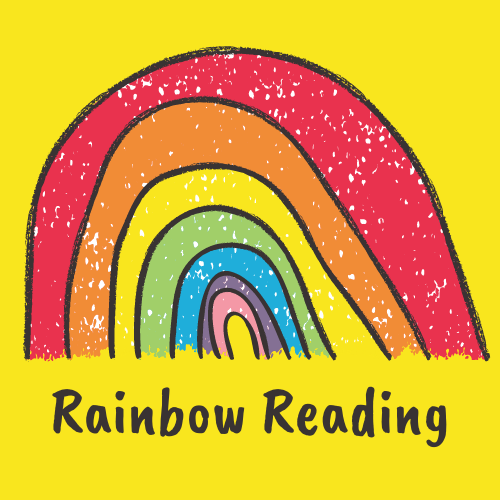
When things don’t add up.
Understanding Dyscalculia
Dyscalculia is one of the families of specific learning difficulties. Most often, this learning difference affects the working memory as well. Generally speaking, this difference affects how a child acquires arithmetic skills. It is an impediment in mathematics with evidence presenting problems in number sense, memorization of arithmetic facts, accurate and fluent calculation, and accurate math reasoning. Most often, dyscalculia presents itself with both dyslexia and dysgraphia.
Signs & Symptoms
Has trouble learning to count
Has trouble doing basic computation
Doesn’t automatically recall math facts
Doesn’t “get” math concepts like “greater than” and “less than”
Struggles to make sense of graphs and charts
Doesn’t remember items on a shopping list, phone numbers, or game scores
(has trouble with working memory)
Avoids games that involve numbers and counting
Still uses fingers to count, even after being taught other approaches
Struggles to apply math skills in daily life, like making change or figuring out a tip
Counting backwards is difficult
Difficulty with place value
High levels of math anxiety
Students with dyscalculia can be brilliant, creative, and hardworking; it is just that despite their best efforts, the way the brain processes and connects mathematical concepts are just different, and they need special assistance. The best treatment for students with dyscalculia is intervention. Effective math interventions for dyscalculia include multi-sensory approaches, utilizing various math manipulatives for visual and tactile engagement, and providing extra time to break down specific mathematical concepts. Many accommodations are available for students. Most importantly, support and understanding for dyscalculia students assist them greatly in the learning process.
To learn more about Dyscalculia, click the video below:

